Home>Home Appliances>Home Automation Appliances>How Do I Know If I Need A C-Wire For My Thermostat
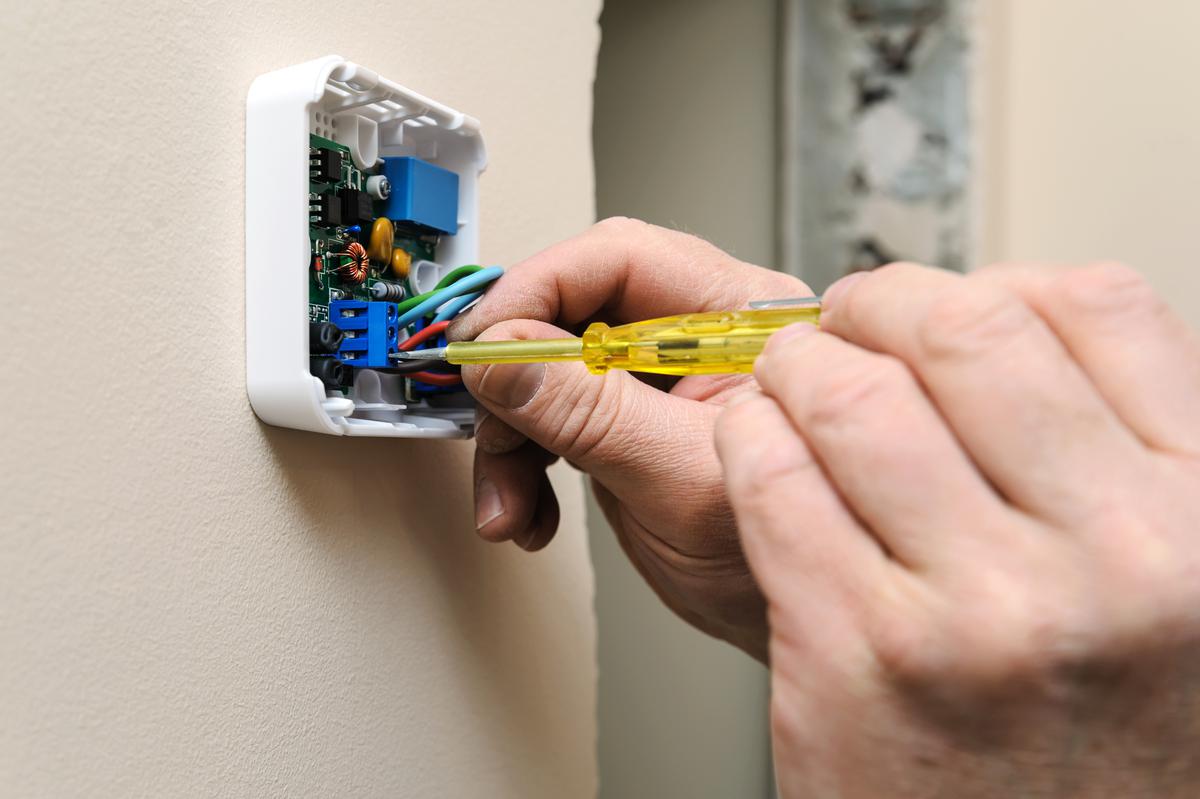

Home Automation Appliances
How Do I Know If I Need A C-Wire For My Thermostat
Modified: February 18, 2024
Find out if your home automation appliances require a C-wire for optimal thermostat performance. Learn how to identify the need for a C-wire and ensure seamless integration.
(Many of the links in this article redirect to a specific reviewed product. Your purchase of these products through affiliate links helps to generate commission for Storables.com, at no extra cost. Learn more)
Introduction
Read more: How Do I Know If I Need A C-Wire Adapter
Understanding the Importance of a C-Wire in Your Thermostat Setup
Welcome to the world of home automation, where comfort and convenience are seamlessly integrated into our daily lives. One of the most fundamental components of a smart home is the thermostat, which serves as the command center for regulating indoor temperature. However, not all thermostats are created equal, and some may require an additional wire known as the “C-wire” for optimal functionality.
As homeowners increasingly embrace smart thermostats for their energy-saving benefits and remote accessibility, the need for a C-wire has become a common topic of discussion. If you’re pondering whether your thermostat setup necessitates a C-wire, you’ve come to the right place. In this comprehensive guide, we’ll delve into the significance of the C-wire, why certain thermostats demand it, and how to determine if your system requires this essential component.
Join us as we embark on a journey to demystify the enigmatic C-wire, empowering you to make informed decisions about your home’s heating and cooling infrastructure.
Key Takeaways:
- The C-wire, or “common wire,” is essential for powering smart thermostats and ensuring seamless operation, especially with advanced features like Wi-Fi connectivity and touchscreen displays.
- Signs that you may need a C-wire include frequent thermostat power loss, unreliable Wi-Fi connectivity, incompatibility with a new thermostat, and erratic system behavior. Addressing these signs proactively can prevent power-related issues.
What is a C-Wire?
Before delving into the intricacies of C-wires, it’s essential to grasp the fundamental role they play in thermostat functionality. The “C” in C-wire stands for “common,” and it serves as the return path for continuous and consistent 24-volt power that powers the thermostat. Unlike other thermostat wires, such as the R (power), W (heat), and Y (cooling) wires, which are responsible for specific functions, the C-wire acts as a constant source of power, ensuring uninterrupted operation of the thermostat and its connected devices.
Traditionally, older thermostats didn’t necessitate a C-wire because they were designed to draw power from the heating and cooling systems themselves. However, with the advent of smart thermostats and their advanced features, including Wi-Fi connectivity and touchscreen displays, the power requirements have increased. This is where the C-wire comes into play, providing the extra power needed to support these enhanced functionalities without compromising the performance of the heating and cooling systems.
It’s important to note that while the C-wire is labeled as such, it may not always be colored “C” in the wiring setup. In some cases, it can appear as a blue wire, but its function remains consistent across different HVAC systems and thermostat models. Identifying and understanding the role of the C-wire is crucial for ensuring the seamless operation of your thermostat and preventing potential issues stemming from inadequate power supply.
Now that we’ve demystified the C-wire, let’s explore the reasons why certain thermostats rely on this essential component for optimal performance.
Why Do Some Thermostats Need a C-Wire?
As technology continues to revolutionize the way we interact with our homes, thermostats have evolved from simple temperature regulators to sophisticated, feature-rich devices. Smart thermostats, in particular, have become increasingly popular due to their energy-saving capabilities, remote accessibility, and intuitive interfaces. However, these advancements come with increased power demands, leading to the necessity of a C-wire in certain thermostat installations.
Smart thermostats, such as those equipped with Wi-Fi connectivity, touchscreen displays, and advanced sensors, require continuous power to operate effectively. Unlike traditional thermostats that draw power from the HVAC systems themselves, smart thermostats rely on a dedicated power source to support their enhanced features without overburdening the heating and cooling equipment.
By utilizing a C-wire, smart thermostats can maintain a steady supply of power, ensuring seamless operation and preventing potential issues such as intermittent Wi-Fi connectivity, unresponsive touchscreens, or irregular system behavior. This additional wire provides the necessary voltage for the thermostat’s internal components, enabling it to communicate with the heating and cooling systems while simultaneously powering auxiliary features that enhance user experience and energy efficiency.
Moreover, the presence of a C-wire allows smart thermostats to maintain a constant connection to the home’s Wi-Fi network, enabling remote access and control via smartphone apps or voice assistants. This connectivity empowers homeowners to adjust temperature settings, monitor energy usage, and receive maintenance alerts from anywhere, enhancing overall comfort and energy management.
While not all thermostats require a C-wire, the shift towards smart, connected homes has made it a crucial consideration for those seeking to upgrade their thermostat to a more advanced model. Understanding why certain thermostats demand a C-wire is essential for making informed decisions when selecting and installing a new thermostat, ensuring compatibility and optimal performance.
Signs That You Need a C-Wire
As you assess your current thermostat setup and contemplate potential upgrades, it’s important to recognize the signs indicating the need for a C-wire. While not all heating and cooling systems require a C-wire, certain indicators suggest that your thermostat may benefit from the addition of this essential component. By identifying these signs, you can proactively address power-related issues and ensure a smooth transition to a new thermostat, especially if you’re considering a smart or Wi-Fi-enabled model.
Here are some common signs that may indicate the need for a C-wire:
- Frequent Thermostat Power Loss: If your current thermostat frequently loses power or experiences intermittent shutdowns, especially when adjusting settings or activating specific features, it could be a sign of inadequate power supply. A C-wire can provide the consistent power needed to prevent these disruptions and ensure uninterrupted operation.
- Unreliable Wi-Fi Connectivity: For smart thermostats with Wi-Fi capabilities, unstable or unreliable connectivity to the home network may indicate insufficient power for the device’s wireless functions. Adding a C-wire can stabilize the power supply, improving Wi-Fi connectivity and enabling seamless remote access and control.
- Incompatibility with New Thermostat: When upgrading to a smart thermostat or a model that explicitly requires a C-wire, encountering compatibility issues with your existing wiring setup signals the need for a C-wire installation. This ensures that the new thermostat receives the necessary power for optimal performance and feature utilization.
- Erratic System Behavior: If your heating or cooling system exhibits erratic behavior, such as irregular cycling, unresponsive controls, or unusual error messages on the thermostat display, it could stem from inadequate power delivery. A C-wire can stabilize the power flow, addressing these erratic behaviors and promoting system reliability.
By recognizing these signs, you can take proactive steps to evaluate the power requirements of your thermostat and address potential power-related issues before they impact your comfort and system performance. Understanding the significance of a C-wire and its role in mitigating these signs will empower you to make informed decisions when considering thermostat upgrades or troubleshooting existing issues.
If your thermostat is not getting power or is constantly losing its settings, you may need a C-wire. Check your HVAC system or consult a professional to determine if a C-wire is necessary.
Read more: How Do I Know If My HVAC Needs Freon
Options for Installing a C-Wire
When confronted with the need for a C-wire in your thermostat setup, exploring the available options for installation is essential to ensure a seamless transition and optimal performance. Whether you’re upgrading to a smart thermostat that requires a C-wire or troubleshooting power-related issues with your existing thermostat, several approaches can be employed to address the power requirements of your heating and cooling system.
Here are some common options for installing a C-wire:
- Professional Installation: Engaging the services of a qualified HVAC technician or electrician is a reliable option for installing a C-wire. These professionals possess the expertise and knowledge to assess your current wiring configuration, identify the most suitable method for adding a C-wire, and ensure compliance with electrical codes and safety standards. Professional installation offers peace of mind and guarantees a properly integrated C-wire solution.
- Adapter or Add-A-Wire Kit: If running a new wire from your HVAC system to the thermostat location is impractical or involves significant labor, utilizing an adapter or add-a-wire kit presents a convenient alternative. These kits leverage existing thermostat wires to create a virtual C-wire, enabling compatibility with smart thermostats and addressing power-related issues without the need for extensive rewiring.
- Thermostat with Power Extender Kit: Some smart thermostat manufacturers offer power extender kits designed to facilitate C-wire installation in systems lacking this essential wire. These kits integrate with the HVAC system to provide the necessary power for the thermostat, enabling seamless compatibility and optimal performance without the need for extensive rewiring or professional intervention.
- DIY Rewiring: For homeowners with electrical proficiency and a willingness to tackle wiring tasks, DIY rewiring to add a C-wire is a viable option. However, it’s crucial to exercise caution, adhere to wiring standards, and turn off power to the HVAC system before undertaking any electrical work. Thorough research and understanding of the HVAC wiring layout are imperative to ensure a successful and safe C-wire installation.
By exploring these options, you can determine the most suitable approach for installing a C-wire based on your specific requirements, technical capabilities, and the compatibility of your thermostat and HVAC system. Whether you opt for professional installation, utilize an add-a-wire kit, leverage a power extender solution, or embark on a DIY rewiring endeavor, addressing the need for a C-wire will pave the way for a seamless and efficient thermostat setup.
Conclusion
Congratulations on embarking on a journey to unravel the mysteries of the C-wire and its pivotal role in thermostat functionality. As you’ve discovered, the C-wire, or “common wire,” serves as the linchpin for providing continuous power to smart thermostats, enabling them to deliver advanced features while maintaining a stable connection to the heating and cooling systems. Understanding the significance of the C-wire empowers homeowners to make informed decisions when selecting, upgrading, or troubleshooting thermostats, ensuring compatibility and optimal performance.
From comprehending the fundamental purpose of the C-wire to recognizing the signs that may indicate its necessity, you’ve gained valuable insights into the power requirements of modern thermostats and the critical role the C-wire plays in meeting these demands. Furthermore, exploring the options for installing a C-wire has equipped you with a range of approaches, from professional installation to DIY rewiring, enabling you to address power-related considerations with confidence and efficiency.
As you continue to explore the realm of home automation and smart technologies, remember that the C-wire stands as a testament to the evolving landscape of comfort, convenience, and energy efficiency within our homes. By embracing the knowledge and understanding gained from this guide, you’re well-prepared to navigate the complexities of thermostat power requirements and ensure a seamless integration of advanced thermostat technologies into your living space.
Whether you’re on the brink of upgrading to a smart thermostat, troubleshooting power-related issues, or simply seeking to enhance your home’s energy management capabilities, the insights gleaned from this guide will serve as a valuable compass, guiding you towards a harmonious and empowered relationship with your thermostat and HVAC systems.
Embrace the power of the C-wire, and let it illuminate the path to a more connected, efficient, and comfortable home environment.
Frequently Asked Questions about How Do I Know If I Need A C-Wire For My Thermostat
Was this page helpful?
At Storables.com, we guarantee accurate and reliable information. Our content, validated by Expert Board Contributors, is crafted following stringent Editorial Policies. We're committed to providing you with well-researched, expert-backed insights for all your informational needs.
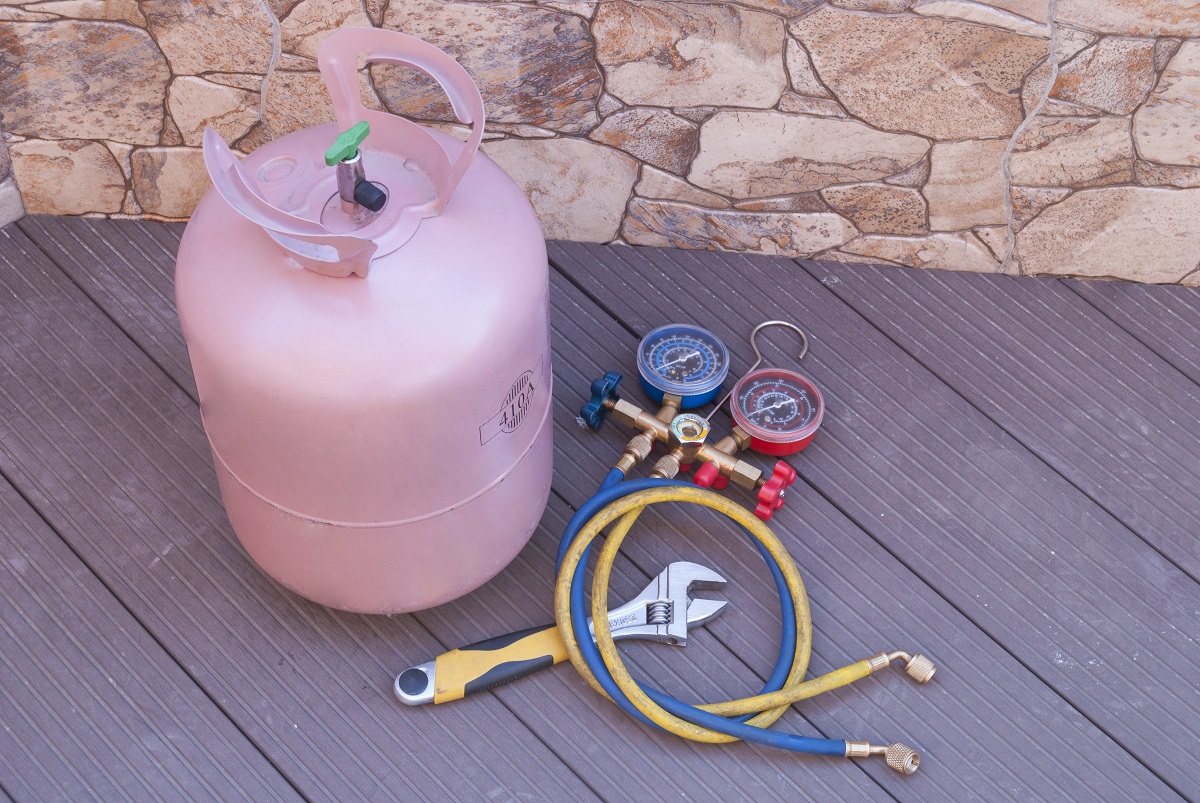

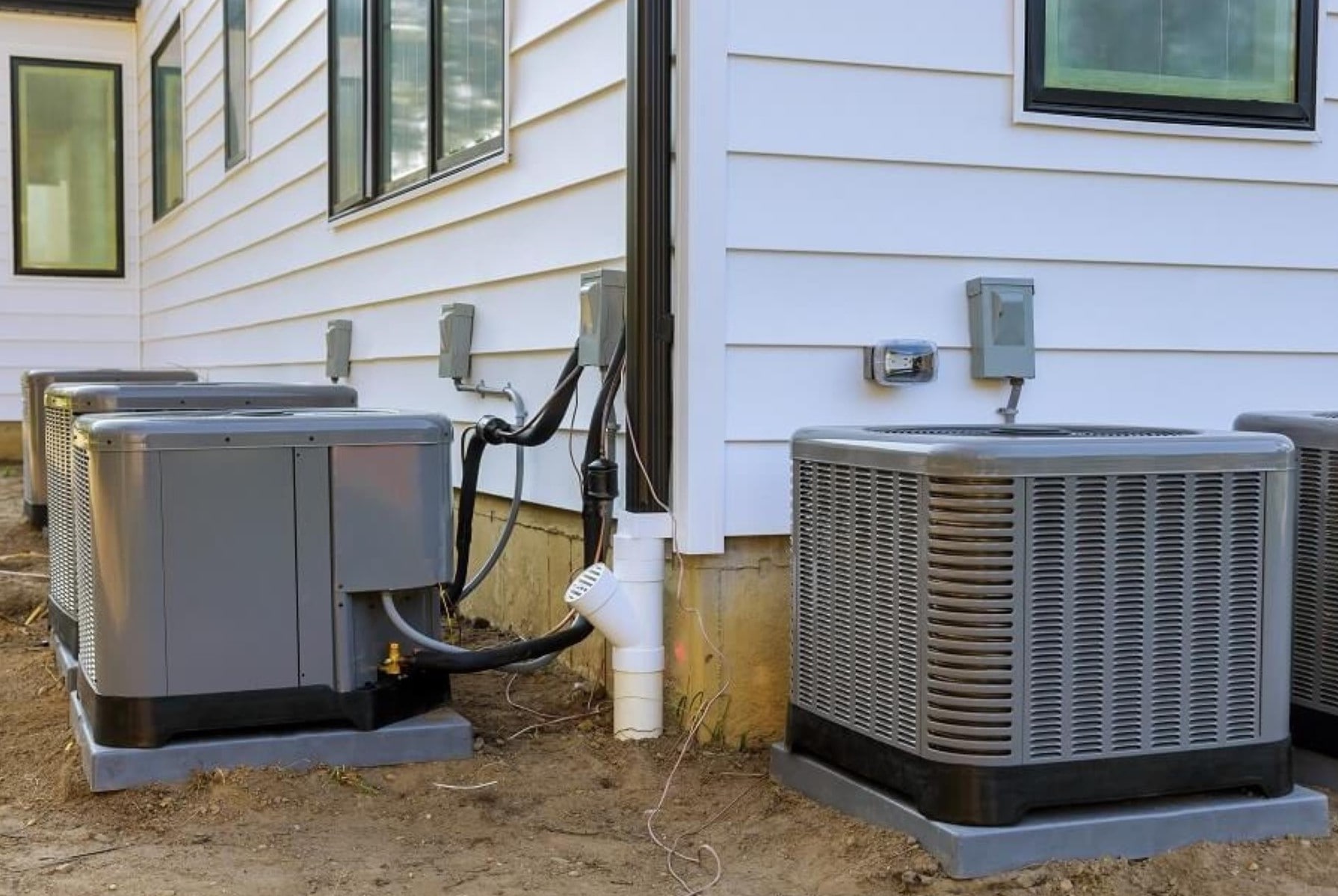
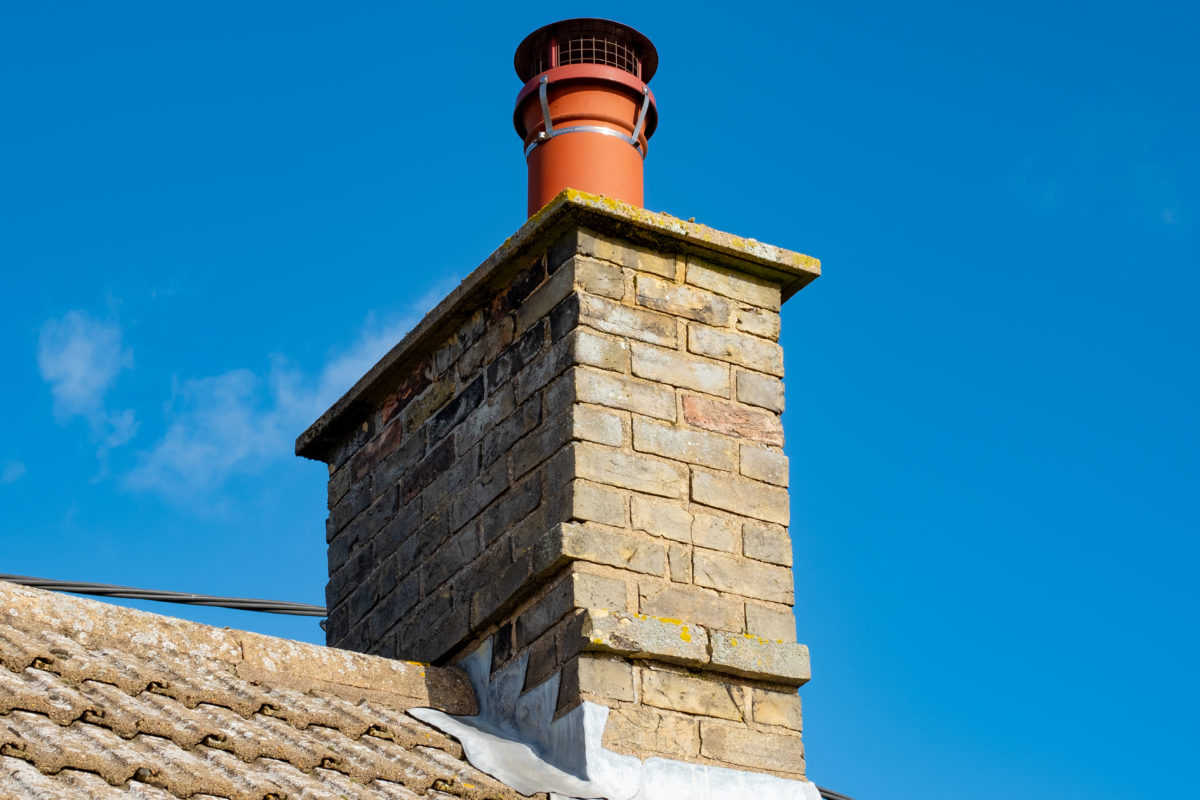
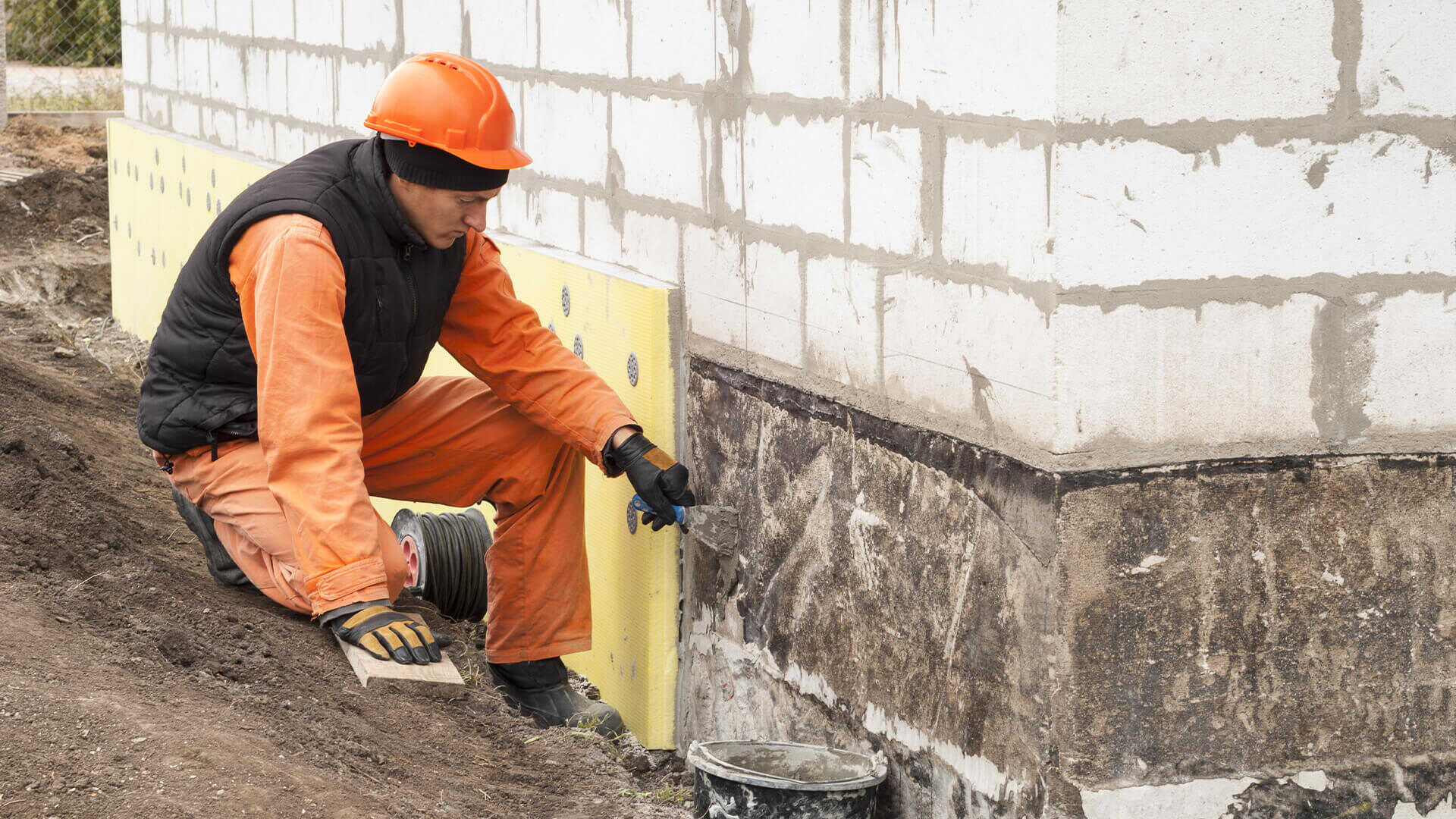
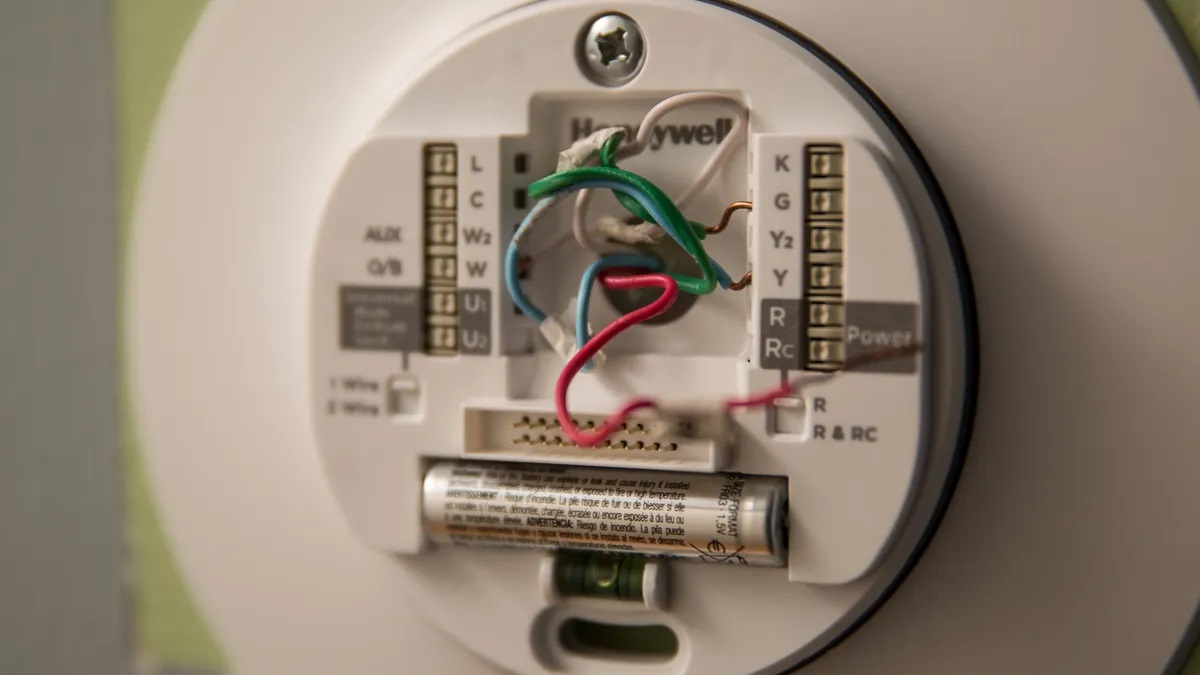
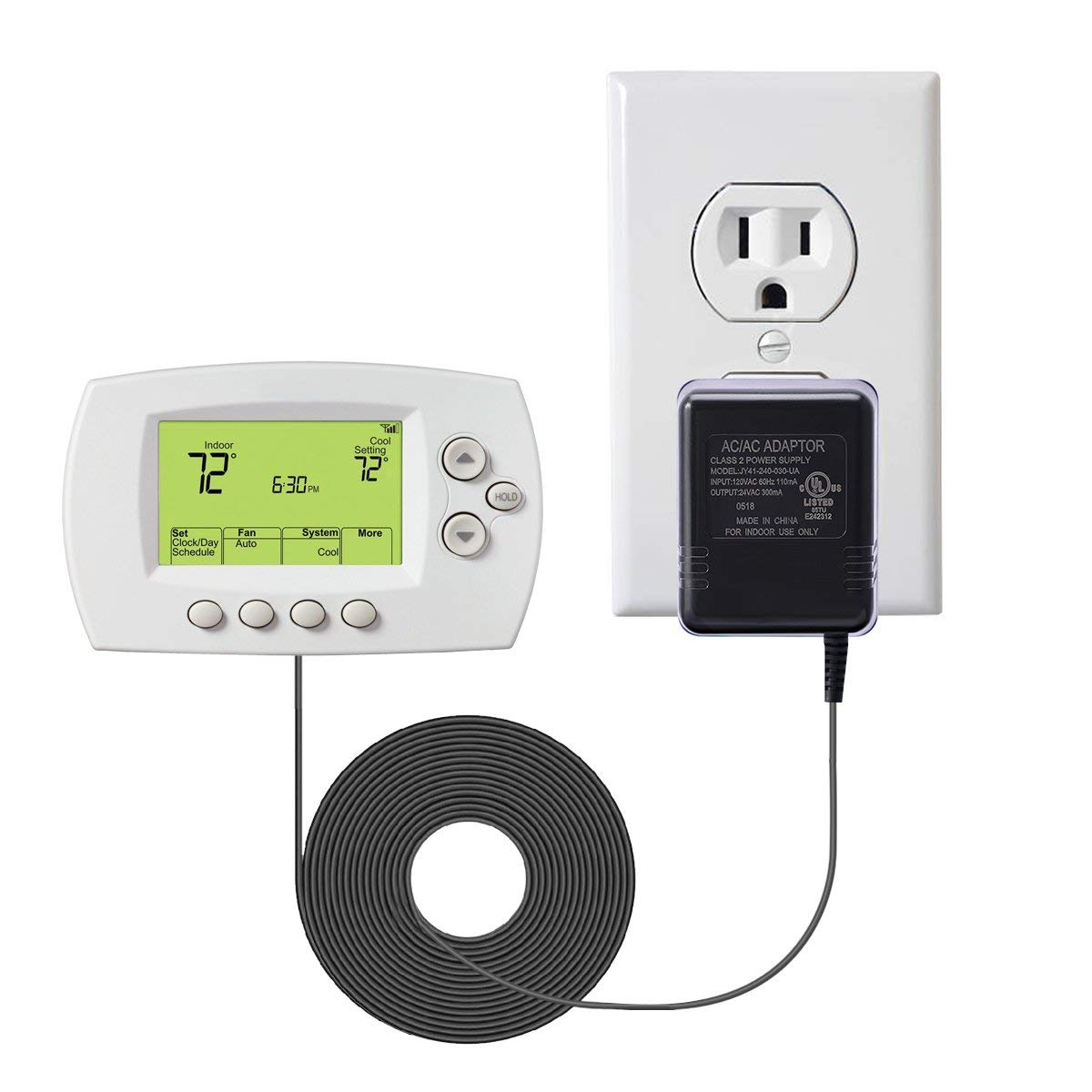

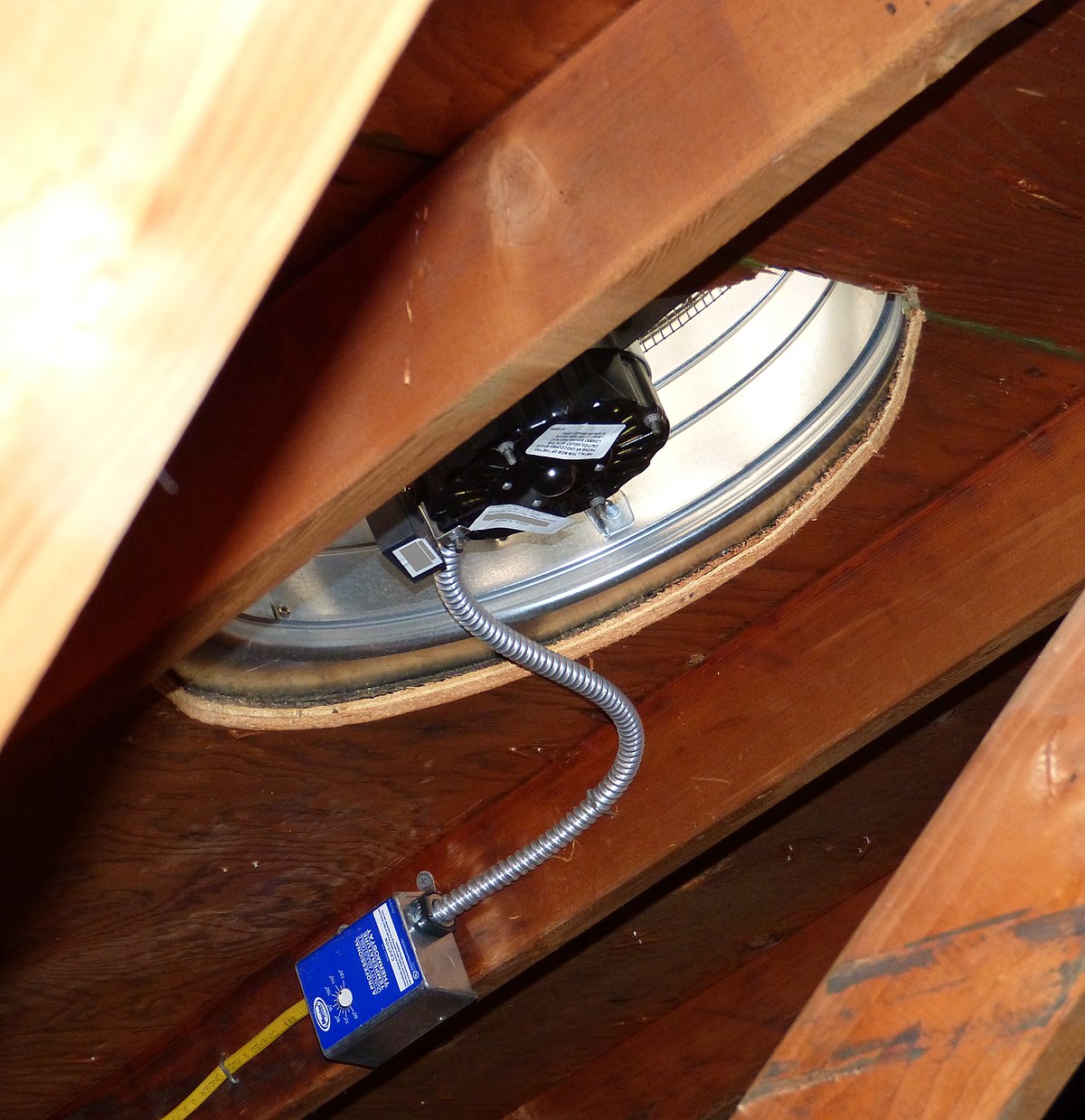
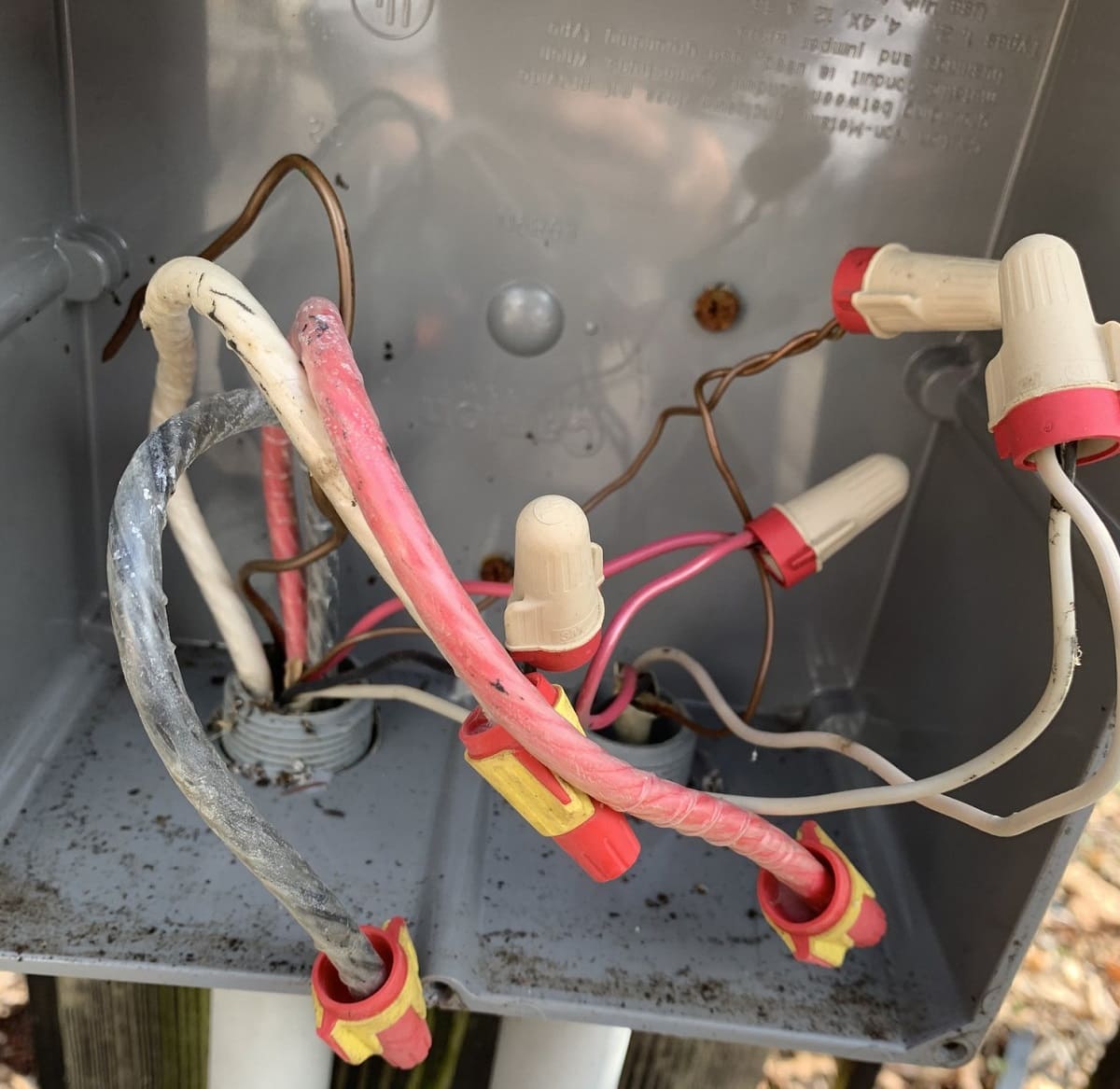
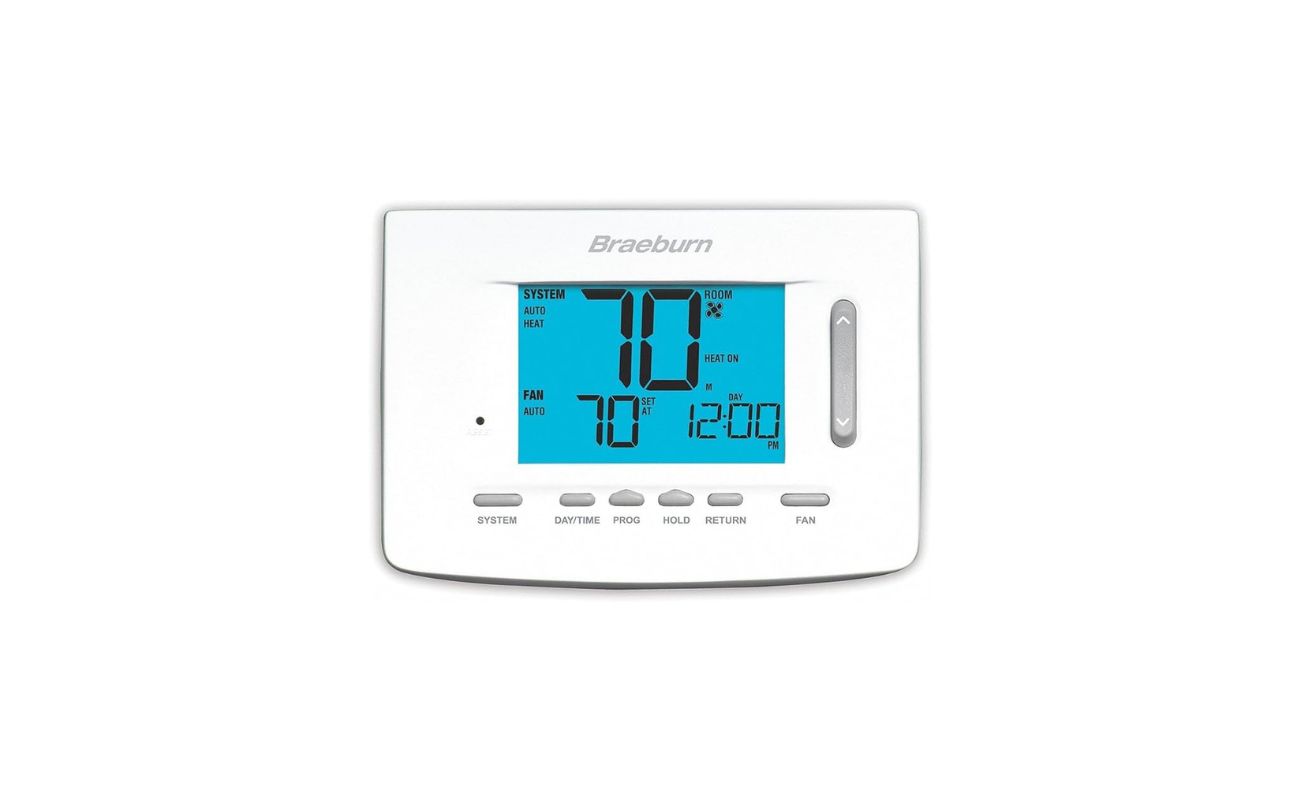
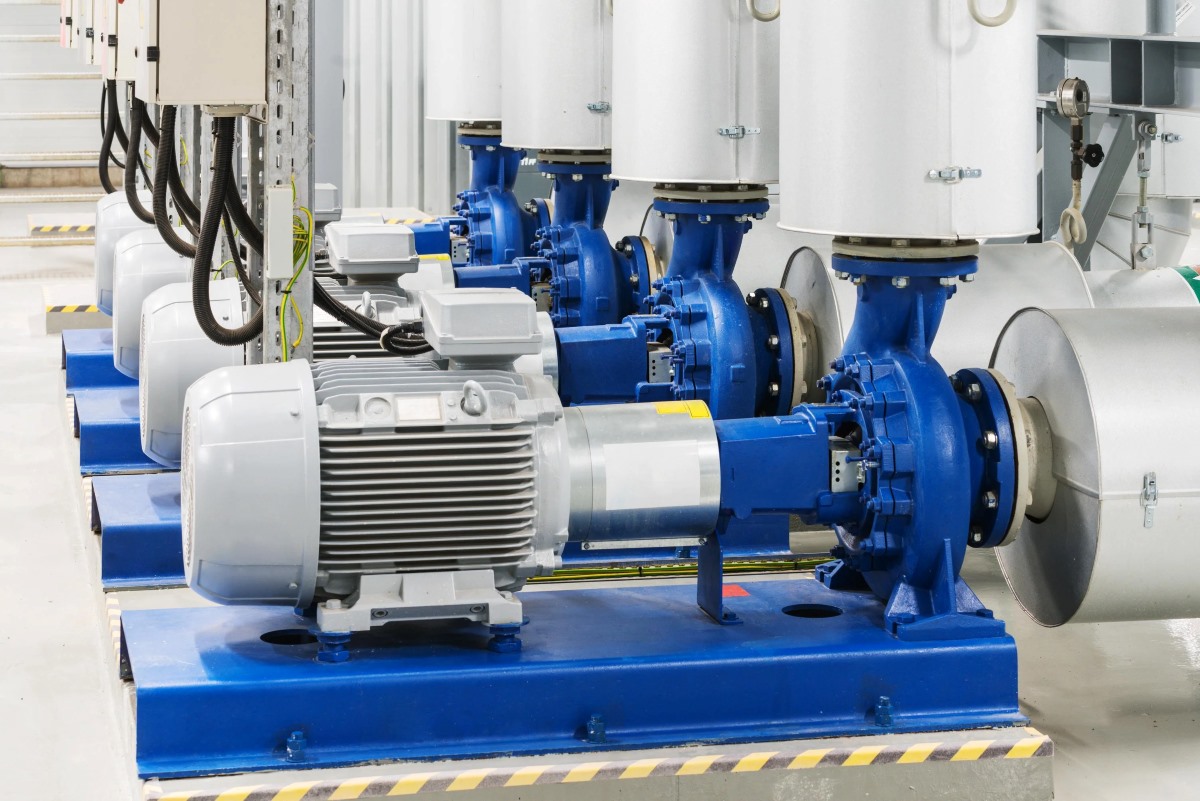

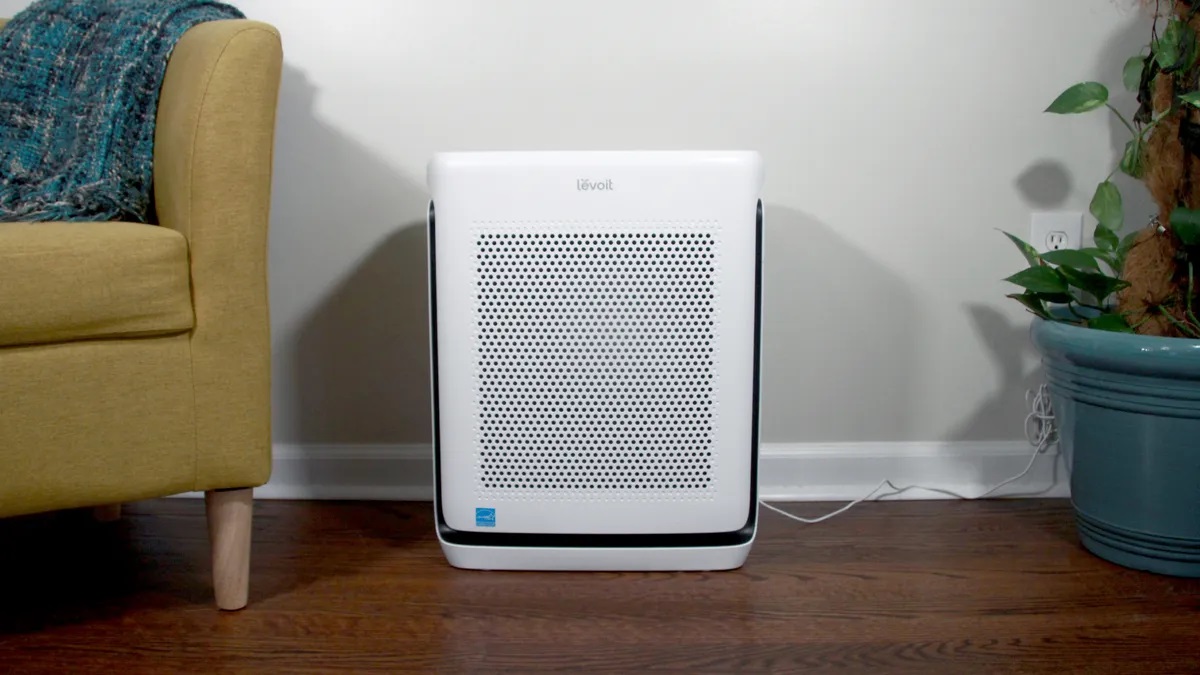

0 thoughts on “How Do I Know If I Need A C-Wire For My Thermostat”